Exploring the Versatility of Medical Printers
Medical printers have become an indispensable tool within the healthcare sector, serving a multitude of purposes from imaging to creating physical models. These sophisticated devices cater to a range of professional environments, including but not limited to radiology departments, dental practices, and architectural firms specializing in medical facility design.
Types and Applications of Medical Printers
The diversity of medical printers is evident in their applications. From 3D printed prosthesis to intricate medical devices, these printers support various medical activities. In radiology, DICOM printers are essential for producing high-resolution images for diagnostic purposes. Meanwhile, 3D printing in medicine has revolutionized patient care by allowing for the creation of patient-specific models for pre-surgical planning and education.
Features and Materials in Medical Printing
Medical 3D printers are designed to work with a range of materials, including plastics, metals, and composites, to accommodate the specific needs of medical manufacturing. Features such as high precision and compatibility with medical-grade materials are paramount. The adaptability of these printers means they can produce everything from durable 3d printing medical devices to delicate dental fixtures.
Advancements in Medical 3D Printing
The integration of 3D printing in the medical industry has led to significant advancements in patient care. Biomedical 3D printing has paved the way for custom implants and tissue engineering. The use of 3D printers in medicine extends to the production of anatomical models for educational purposes, allowing for a hands-on learning experience in medical schools.
Benefits of Medical Printers in Healthcare
The application of 3D printing in healthcare offers numerous advantages, including personalization of medical tools and devices, which leads to improved patient outcomes. The technology's precision and efficiency contribute to the 3D printing healthcare industry, where time and accuracy can significantly impact patient treatment and recovery.
Choosing the Right Medical Printer
Selecting a medical printer requires careful consideration of the device's capabilities and the specific needs of a healthcare facility. Factors such as output quality, material compatibility, and the type of medical applications—be it for a Sony ultrasound printer or for creating 3D printing in medical field models—should guide the decision-making process. It is essential to assess the range of printers available to ensure the chosen technology aligns with the intended medical tasks.

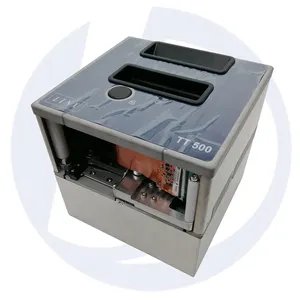

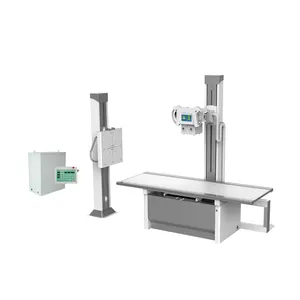


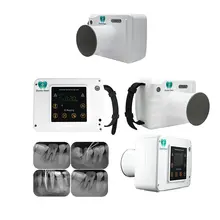




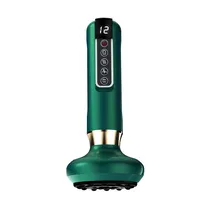

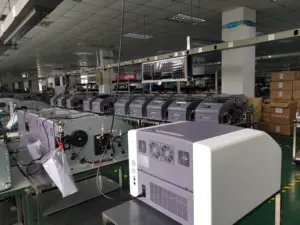
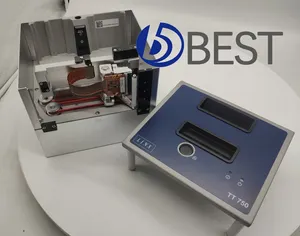















 浙公网安备 33010002000092号
浙公网安备 33010002000092号 浙B2-20120091-4
浙B2-20120091-4